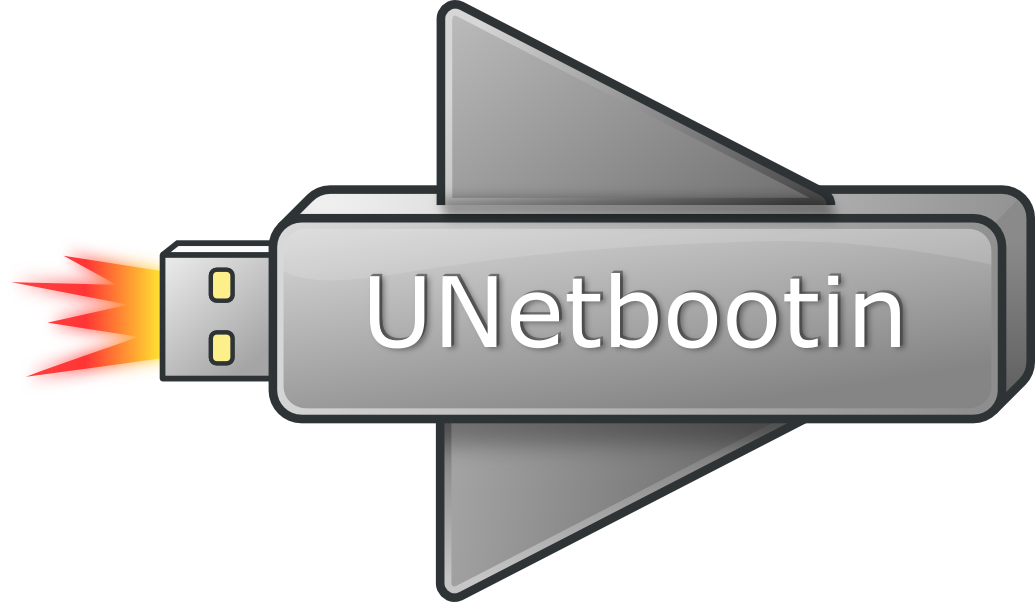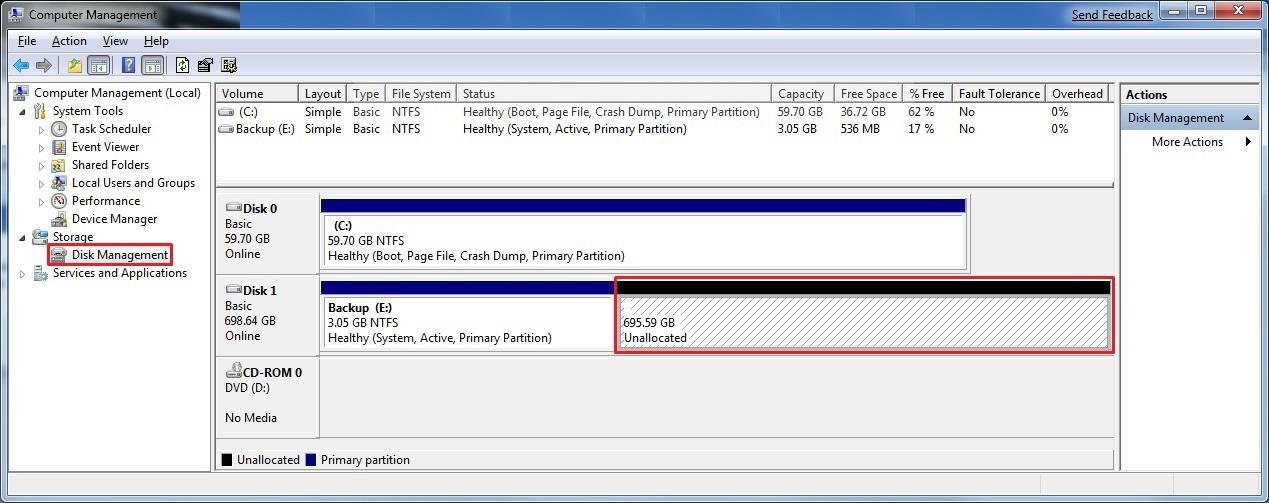

- #REMOVE UNETBOOTIN FROM BOOT MENU INSTALL#
- #REMOVE UNETBOOTIN FROM BOOT MENU PC#
- #REMOVE UNETBOOTIN FROM BOOT MENU ISO#
- #REMOVE UNETBOOTIN FROM BOOT MENU WINDOWS 7#
Of the Setup Utility in intervals of 5 seconds each (0, 5, 10, 15, 20).
#REMOVE UNETBOOTIN FROM BOOT MENU WINDOWS 7#
set up a classical "dual boot" system with Windows 7 and Ubuntu 64.
#REMOVE UNETBOOTIN FROM BOOT MENU INSTALL#
So, even if one way or the other we manage to have the thingy boot from USB, if the final goal is to have for anything more than a "test" or "experiment" the possibility of running a Linux on that system, the recommended procedure is to re-partition the hard disk, creating a second volume (formatted as Ext2/3/4) and install to it the Linux, i.e.
#REMOVE UNETBOOTIN FROM BOOT MENU PC#
Specifically, at 99.99% the internal hard disk of your PC will have a single volume in it, formatted as NTFS, and while the Ubuntu should have support for that filesystem, some of the characteristics of NTFS (quotas, ownership, access limitations, etc.) may not be fully compatible with it in the sense that the Ubuntu may create files/folders that Windows 7 tools/programs may not "like".

The issue here (or non-issue, it depends) is that you have to understand how on one hand anything going through an USB bus, including version 2.0, will be much slower when compared to the same thing installed on an internal disk and, on the other hand, that it is NOT a good idea to have the same volume used by two different operating systems (if not for "pure" data storage). Generically speaking, once an OS has booted, all the hardware connected to the PC can be accessed (and yes, this includes the internal hard disk). So- try it with you F10/F9 key or what ever have the F-key for boormenuĪnd look in the bios configuration if it is enable for boot from usb, if this config exist in the Bios.Īnd dont forget before plugin you usb-device *g* before you boot the computer So, mus be you Hardware more newer, from this jear. Since last year/this year start booting with an usb-stick with more as 8 Gig and other. More newest Mainboards/Bios works the boot over 4 Gig and like i have become with. With computers last 2 jears or something works only 1-2 gig usb-sticks only be the The most bootmenu enables per f10 or F9 for become at bootĪnd in the bios mus enable from usb-boot or something for enabling to check the usb-deviceĪnd at last by boot can you press the Menu - F-key and select you bootdeviceīut works only on the more new computers/bios. This isnt a major issue for me but it does get annoying having to pick my OS every time I turn on my computer.Maybe a bootmenu who be enables choose from an usb-device.

There isn't anything else I can find that references it, I've even uninstalled Unetbootin from my OS with no success in removing this secondary (if not fake) boot option. I've gone through and deleted every file and folder that I could see that was created by Unetbootin the day that I did the install and I've also checked msconfig to make sure there wasn't a separate boot option in there (of which there wasn't).
#REMOVE UNETBOOTIN FROM BOOT MENU ISO#
The issue now is that I'm stuck with a dual-boot screen every time I turn on my computer as it thinks that the ISO for Ubuntu is a separate OS and I can't get rid of it. This allowed me to install Ubuntu onto the HDD I was using for my server rig. The problem is that the only way I was able to get it to work was to use a program called Unetbootin and essentially "install" the ISO for Ubuntu directly to my Win10 root directory. Essentially what happened was I was having difficulty installing Ubuntu onto my new server rig I built, so I plugged the HDD into a dock on my Win10 rig and installed Ubuntu that way. So I realise my title may be rather vague but I honestly don't know how else to word it.


 0 kommentar(er)
0 kommentar(er)
